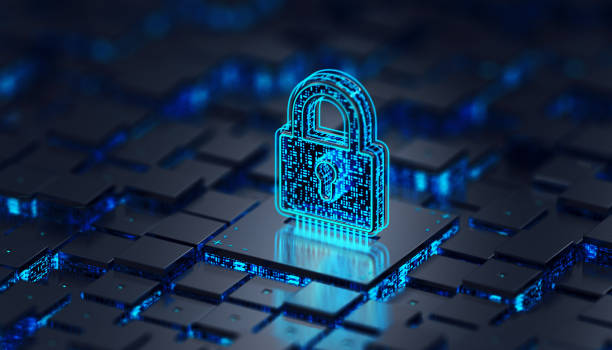What is a Security Environment?
In today’s digital landscape, ensuring a robust security environment is essential for protecting sensitive data, maintaining business continuity, and fostering user trust. Whether you’re a business owner, IT professional, or simply a tech-savvy individual, understanding the key elements of a secure environment can help mitigate risks and enhance operational efficiency. In this article, we’ll explore the concept of a security environment, why it matters, and best practices to create one.
What is a Security Environment?
A security environment refers to the combination of policies, procedures, tools, and technologies designed to safeguard systems, networks, and data from unauthorized access, cyber-attacks, and other threats. It encompasses physical, digital, and organizational measures to ensure confidentiality, integrity, and availability of information.
Importance of a Secure Environment
- Data Protection: A secure environment ensures that sensitive data, such as personal information, financial records, and intellectual property, remains protected from breaches.
- Regulatory Compliance: Organizations are often required to comply with regulations like GDPR, HIPAA, or ISO 27001, which mandate robust security practices.
- Customer Trust: A well-secured environment builds customer confidence, enhancing your brand’s reputation and loyalty.
- Business Continuity: Preventing cyber incidents minimizes downtime, ensuring uninterrupted operations and reducing financial losses.

Key Elements of a Security Environment
- Risk Assessment – Conduct regular assessments to identify vulnerabilities, evaluate potential threats, and prioritize security measures.
- Access Control – Implement strict access controls using multi-factor authentication (MFA), role-based permissions, and secure identity management systems.
- Cyber Security Tools – Use firewalls, intrusion detection systems (IDS), antivirus software, and encryption tools to protect your digital assets.
- Employee Training – Educate employees on best practices, such as recognizing phishing attempts, using strong passwords, and adhering to company policies.
- Incident Response Plan – Prepare a comprehensive plan to address and mitigate the impact of security breaches or other incidents.
- Regular Updates and Patching – Ensure all software, hardware, and systems are regularly updated to fix vulnerabilities and improve functionality.
- Physical Security Measures – Protect hardware and physical infrastructure with measures like surveillance cameras, access badges, and secure storage facilities.
Best Practices for Maintaining a Security Environment
- Implement Zero Trust Architecture: Assume no entity inside or outside your network is trustworthy by default.
- Automate Threat Detection: Leverage AI and machine learning tools to monitor and respond to threats in real-time.
- Regularly Backup Data: Maintain offsite backups to recover critical data in case of ransomware attacks or hardware failures.
- Perform Penetration Testing: Simulate cyberattacks to identify and fix weaknesses in your system.
Conclusion
Building and maintaining a secure environment is an ongoing process that requires vigilance, investment, and adaptation to evolving threats. By implementing the strategies outlined above, organizations and individuals can create a safer digital and physical space, ensuring long-term protection and peace of mind. Stay proactive, stay secure!